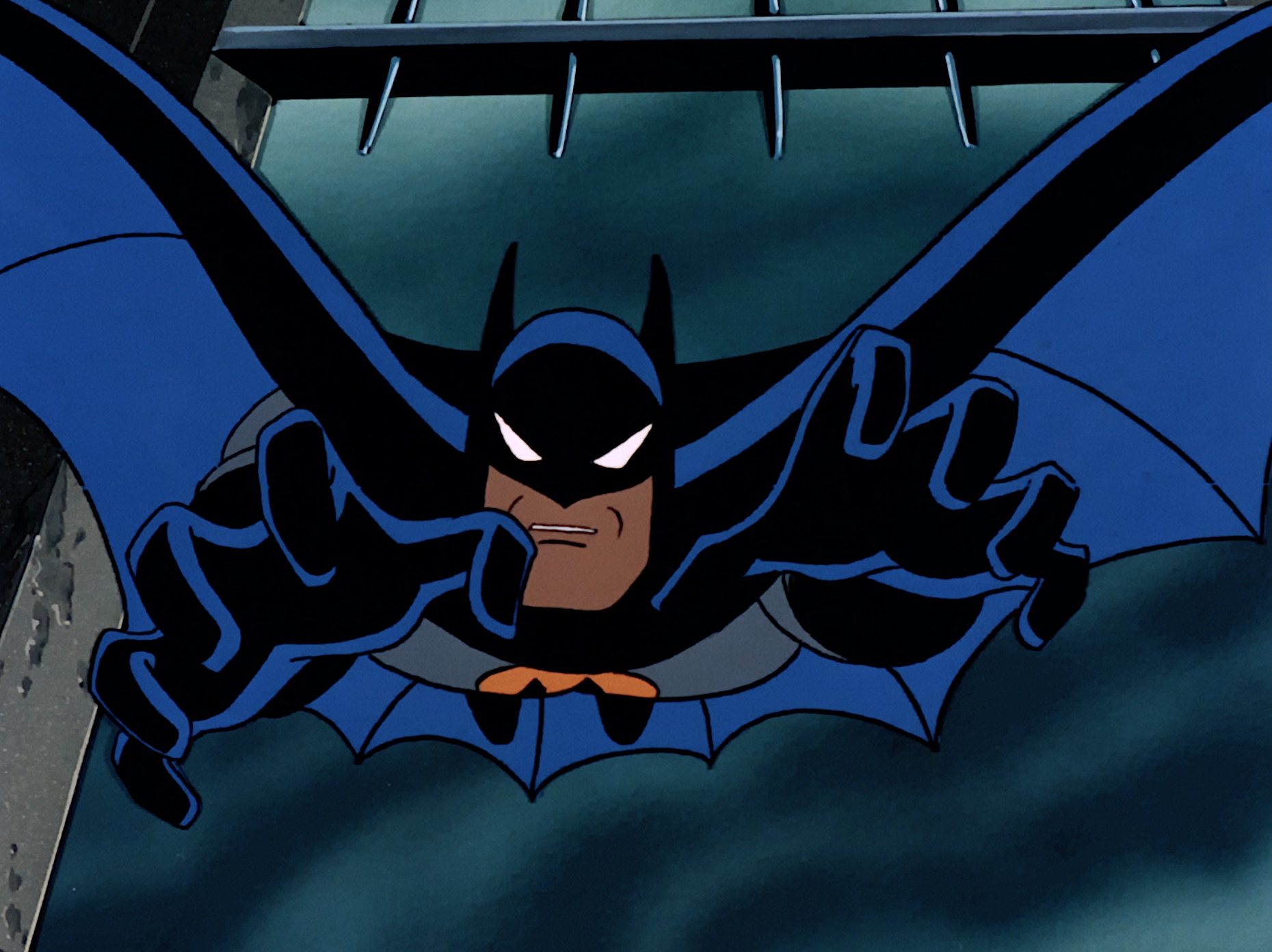Table of Contents Show
Over the years, Batman has had many different interpretations of his character. Whether it’d be in the movie theaters, or on a TV screen, the caped crusader seems to have a never-ending series of adaptations from his original comic series. Many people have their favorite version of the character, which can be vastly different from one another. But, while, many have their own version of the Batman they favor, one interpretation of Batman has always been considered the definitive version. Batman: The Animated Series (1992-1994) first aired on Fox Kids, a TV program on Fox geared towards kids, and was met with critical success.
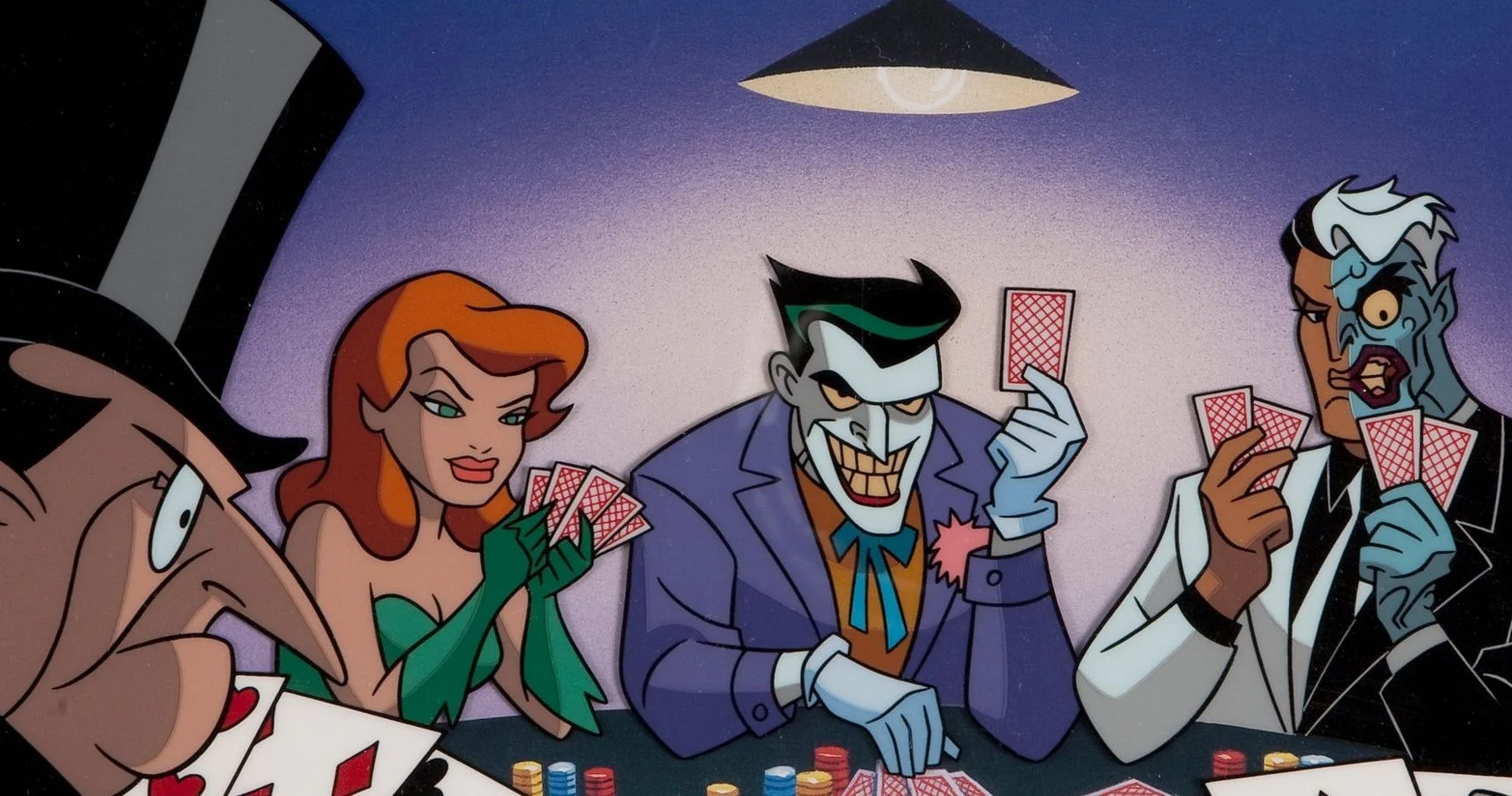
The show was praised for being entertaining for both kids and adults to enjoy as well as hardcore fans who applauded it for being a faithful adaptation of the comic book series. Despite there being multiple new interpretations of the character Batman being released, Batman: The Animated Series stands the test of time, as one of the most favorable adaptions of the hero. The series has remained one of the top interpretations due to how accurate the series presents Batman/Bruce Wayne, how the villains were handled, and the stories the show has created.
Batman: The Animated Series (1992-94) Trusted Kids With Mature Stories
Many villains of the shows come with tragic backstories. The mature theme within the series is deeply woven in — enough that many of the episodes showcase a dark subject matter. While Batman: The Animated Series is a cartoon geared toward children, it does not stray away from more mature subject matters, and instead, the series provides children with a more nuanced understanding of moral issues.

In Season 2, Episode 9 — “Baby-Doll” — the villain of the day in this episode has a rare condition that has stopped her from aging. Since she’s stuck looking like six years old and can’t be respected or seen as an adult she decides to turn to a life of crime. Baby Doll kidnaps her TV former family from her acting days and keeps them captive. By the end of the episode, Batman finds Baby Doll’s hideout and chases her down throughout a circus. They run into a house of mirrors where Baby Doll looks into a mirror seeing her reflection as an adult woman.
She is overjoyed but then realizes it isn’t real and she’s forced to accept that fact she’ll never have a normal life. She breaks down crying while Batman walks hugging her as the episode fades to black. Other episodes such as these end with a depressing scene, leaving the viewer sympathetic.
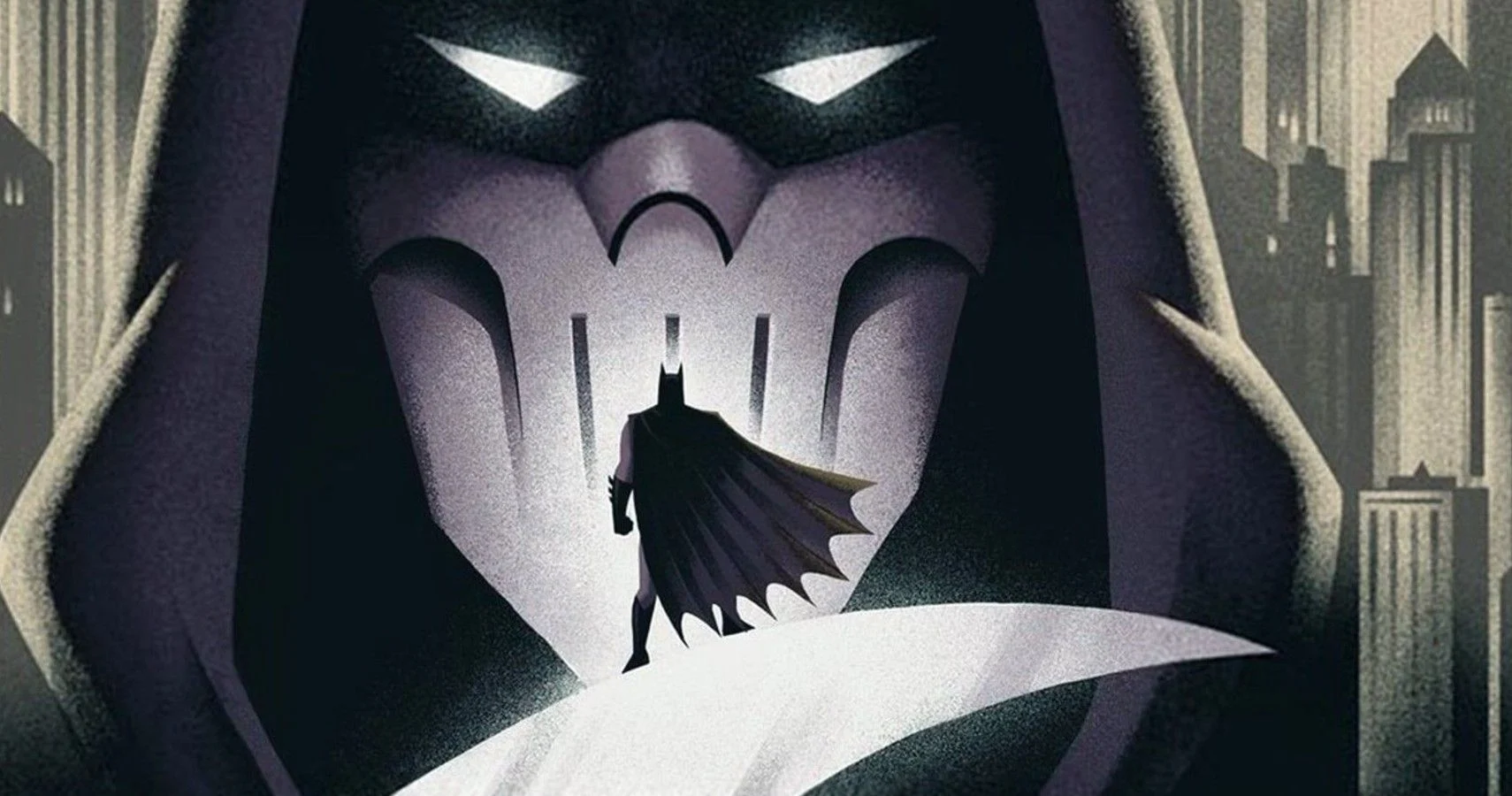
Episodes like “Baby-Doll” shows the dark subject matter the series tackled. The creators of the show, Eric Radomski and Bruce Timm, trusted kids with mature content. Making the show easily watchable for adults and children who are fans of Batman. Harley Quinn, who originally debuted as a cartoon original, is the Joker’s henchwoman and girlfriend. But despite her deep love for the man, she is constantly physically and verbally abused. The audience sees this throughout the episodes where Harley Quinn is contently hit or thrown around to the ground.
In Season 1, Episode 47 — “Harley and Ivy” — Harley finally breaks away from Joker’s abuse to pursue her own life of crime. She teams up with Poison Ivy and the two of them start to become a dangerous duo. When Joker finds out, he comes back to Harley and she instantly takes him back despite the past abuse. The episode depicts abuse, a toxic relationship along with toxic masculinity all in one episode.
The Persona Of Bruce Wayne
Batman isn’t a difficult character to recreate, at his core, he’s a superhero that refuses to kill, which seems easy enough to write. The modernized shows and films portray this accurately enough, but they forget that Batman actively tries to save lives too. In Season 1, Episode 6 — “Feat Of Clay: Part 2” — Batman tries to help Matten Hagen, also known as Clayface, from turning completely into clay. Batman asks Clayface to allow him to help the villain but the other man refuses and is then electrocuted before being put into custody.
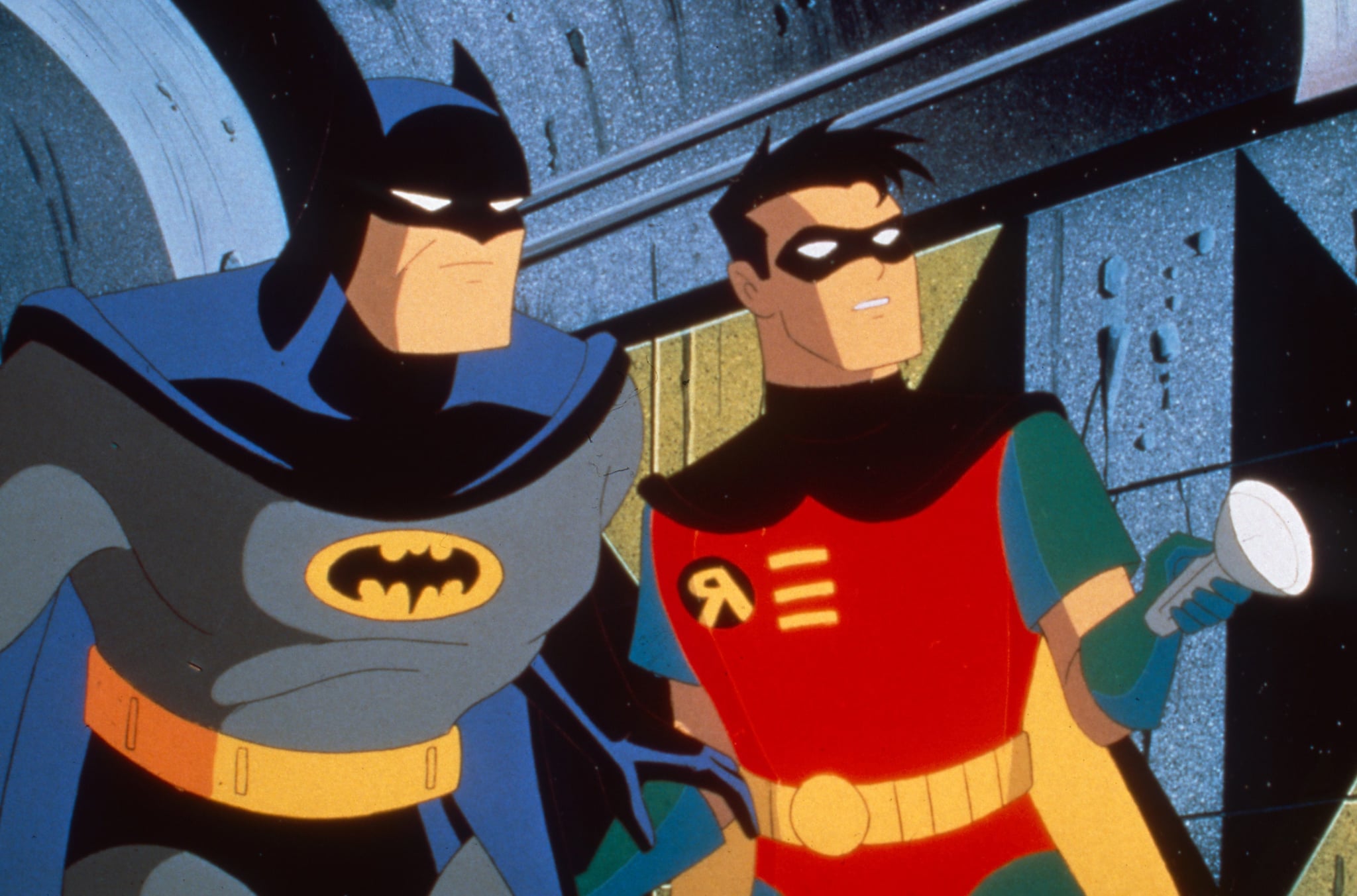
This moment shows that he cares about life and wants to help the villains of the show find peace. On top of trying to help the lives of his villains, Batman also values saving innocent bystanders, meaning he sometimes lets the bad guy go if it means recusing someone from a life or death situation. In other interpretations like Batman Begins (2005), the character of Bruce Wayne is portrayed as a self-absorbed billionaire who isn’t too bright. However, in the show, he is shown to be intelligent and involved in the management of his company, Wayne Industries. Bruce cares for the people close to him and makes an effort to support his friends like Harvey Dent, before turning into Two-Face, and his work as Gotham’s Distract Attorney. Also important to Batman is his work with Commissioner Gordon and his daughter Barbara, with whom he maintains a relationship as Bruce Wayne and Batman.
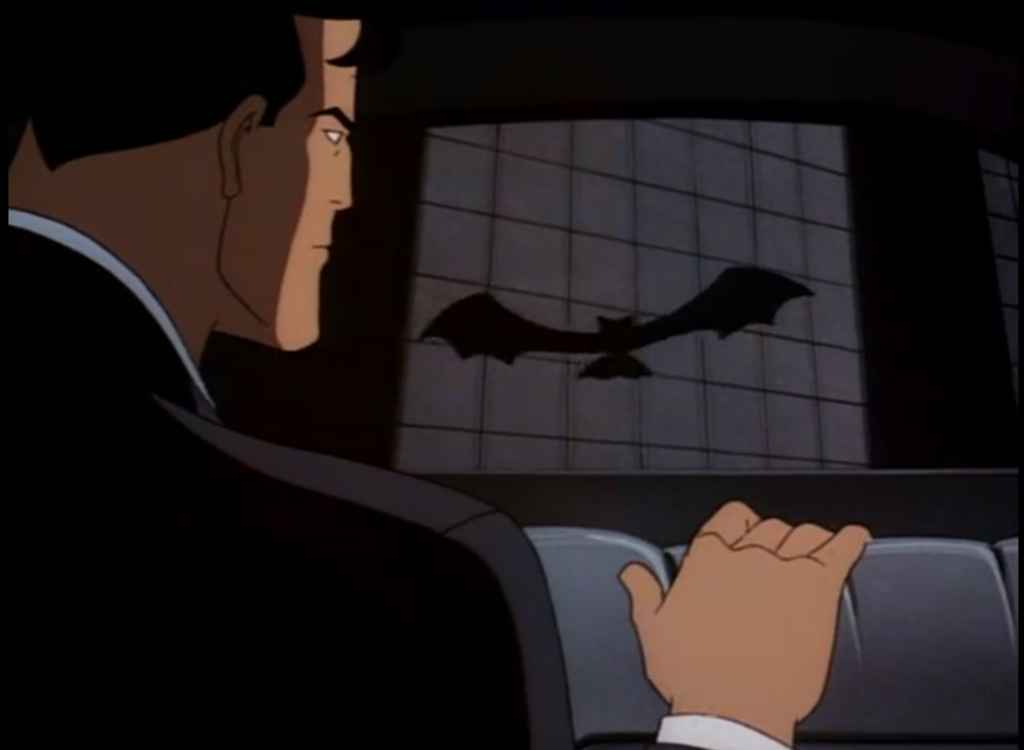
Moreover, Bruce becomes a father figure to Dick Grayson and Barbara Gordan, both of whom join the “Bat-Family.” In Season 1, Episode 51 — “Robin’s Reckoning: Part 1” — he adopts Dick Grayson after the young boy’s parents fall to their death during their circus act.” Bruce later helps Dick come to terms with his parents’ death by sympathizing with the young boy and trusting him with his secret identity. The character of Batman in the series is someone who is actively trying to better his city. Whether that’d be by giving a helping hand or by taking down a criminal.
The Rogues Gallery Of Villains
A lot of Batman’s appeal comes from his villains and Batman: The Animated Series dives into making the most of his rouge gallery The show portrays villains like the Joker, Mr. Freeze, and Catwoman, but also some obscure ones like the Clock King or the Condiment King. Having a mix of both well-known and lesser-known villains balances out the cast and provides an opportunity to spotlight characters specifically made for the show.
Mr. Freeze
Another aspect of the villains the show does right is showing the audience the tragedy behind these characters. Many of the show’s villains were created by the ignorance or corruption of people in power like mob bosses or big business owners. A prime example of this is with the character Mr. Freeze in Season 1, Episode 14 — “Heart Of Ice” — where he is actively trying to save his wife from a terminal illness. As a doctor employed by GothCrop, he decides to freeze his wife while he puts all his effort into working on a cure for her illness.
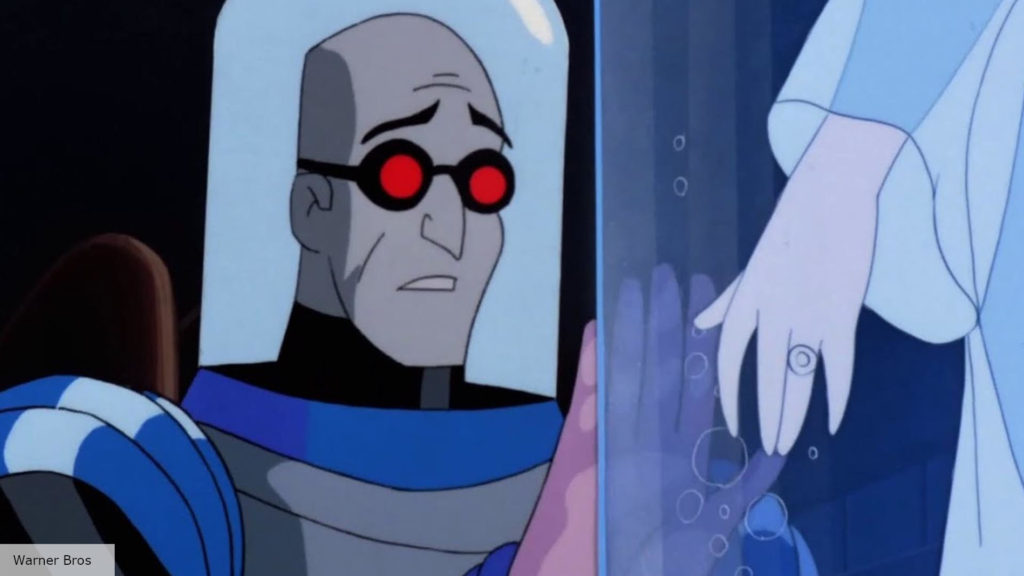
When the CEO of GothCorp, Ferris Boyle, catches wind of Mr. Freeze going through the company’s funds Ferris decides to break into his lab and shut down the work. He destroyed most of his equipment and kicked Mr. Freeze into a batch of chemicals transforming him into a being who can only live in cold weather. After that Mr. Freeze turned to a life of crime still wanting to find a cure for his wife’s illness by any means possible.
Harvey Dent & Harley Quinn
There are other stories similar to Mr. Freeze, like with Harvey Dent, the former District Attorney for Gotham who became Two-Face after a failed assassination attempt on his life, left the man disfigured and traumatized. Another example would be Harley Quinn — the former psychiatrist at Arkham Asylum — who was manipulated into a life of crime by the Joker. The episodes in Batman: The Animated Series show the viewers that not everything is black and white. It leaves the audience with a morally ambiguous thought by asking the question; who really is bad?
The Lasting Legacy Of The Animated Series
Despite being nearly 30 years now, Batman: The Animated Series is still widely considered to be one of the best-animated shows of all time. The animation itself still looks very good; being detailed while also having many action sequences within the show. The many fight scenes are all dynamic and take place in different and interesting settings. The voice acting is incredible too, Kevin Conroy started voicing Batman/Bruce Wayne in the series and has continued to voice him in many other mediums for 23 years.
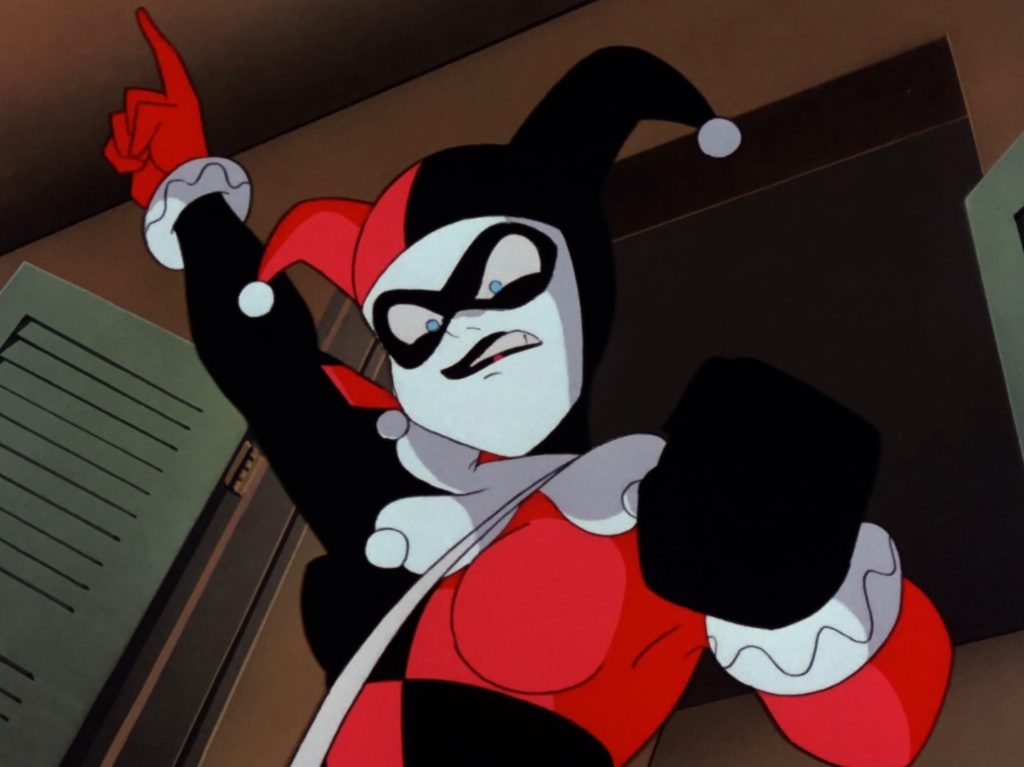
The same goes for Mark Hamill with voicing the Joker, where he has voiced the character for years. The score itself just adds another element to the series, Danny Elfman scored both the animated series and the Batman (1989) which is why the two soundtracks sound so similar. All of these elements just add more to the legacy of Batman: The Animated Series that is still being viewed today with the show being on HBO Max. It still stands as being one of the most faithful adaptions from the comic books by portraying Batman as a kind-hearted superhero. Along with giving the villains several layers and writing mature themes into the episodes, it’s not surprising why many people regard the show as their favorite piece of Batman media.
